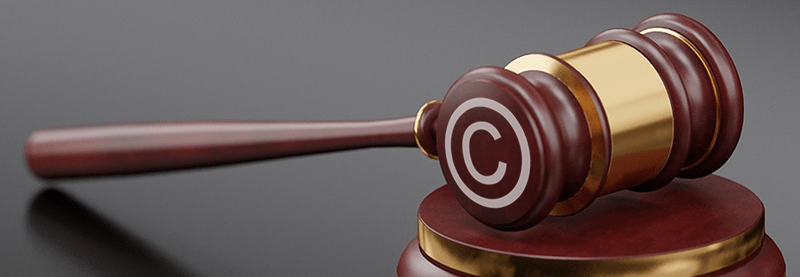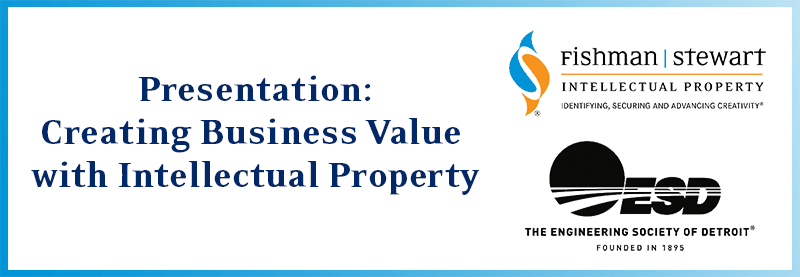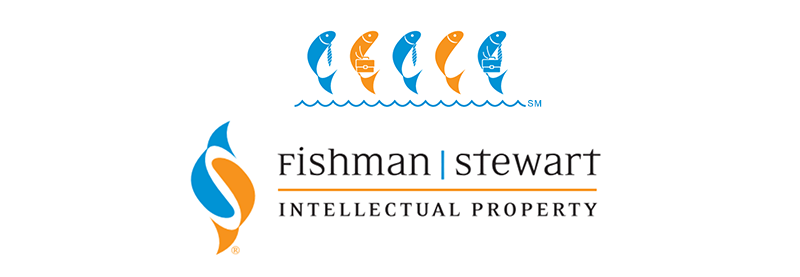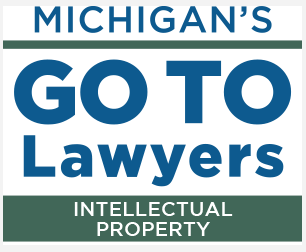Intellectual Property Insights from Fishman Stewart PLLC
Newsletter – Volume 21, Issue 15


New U.S. Copyright Law Creates a Small-Claims Court
Tucked inside last year’s COVID-19 relief bill was some new legislation pertaining to intellectual property. We previously reported on the portions of the bill related to trademark law, namely, the Trademark Modernization Act. New copyright laws were also included in that same package. This week, we discuss one of these new laws: the Copyright Alternative in Small-Claims Enforcement (“CASE”) Act.
The CASE Act created a three-person tribunal called the Copyright Claims Board (“CCB”) to preside over a small-claims court for copyright cases. Generally, federal courts have exclusive jurisdiction over copyright cases, and often, this presents an insurmountable paywall for individual artists and small businesses to vindicate their rights, especially where the value of the individual copyrighted works are relatively low. Many attorneys decline to take on cases where the cost of litigation outweighs any potential recovery. This small-claims court is aimed, in part, to remedy this issue.
The CCB is estimated to start operation as early as December 2021, and will hear three types of cases:
The CASE Act created a three-person tribunal called the Copyright Claims Board (“CCB”) to preside over a small-claims court for copyright cases. Generally, federal courts have exclusive jurisdiction over copyright cases, and often, this presents an insurmountable paywall for individual artists and small businesses to vindicate their rights, especially where the value of the individual copyrighted works are relatively low. Many attorneys decline to take on cases where the cost of litigation outweighs any potential recovery. This small-claims court is aimed, in part, to remedy this issue.
The CCB is estimated to start operation as early as December 2021, and will hear three types of cases:
- Infringement cases filed by copyright owners;
- Declarations of non-infringement filed by those accused of copyright infringement; and
- Challenges to online takedown notices filed by copyright owners and counternotices filed by alleged infringers under the Digital Millennium Copyright Act.
It is not yet clear how much the fee will be to file a claim, but legislation sets the floor at $100 and the ceiling at the cost of filing a lawsuit in a Federal District Court action. Unlike other small-claims courts where the parties must represent themselves, the CCB will allow the parties to represent themselves or be represented by an attorney.
The process is an optional alternative to Federal District Court action, and defendants in a CCB small-claims proceeding can choose to opt out and have their day in Federal District Court instead. However, there are some incentives for defendants to remain in CCB proceedings, including a lower cap on damages. For example, a federal court may award up to $150,000 in statutory damages for each incidence of infringement of each copyrighted work, but this amount is limited to $15,000 in a CCB proceeding. Moreover, total damages for proceedings at the CCB are limited to $30,000, compared to unlimited damages that a federal court may award. For these same reasons, copyright owners may desire to forego the new forum and elect to file suit in a Federal District Court. Additionally, federal courts have the power to grant certain injunctive relief that is not obtainable through CCB proceedings.
Critics speculate that the CASE Act will make it easier for large media companies to seek damages from individual internet users who could be fined for everyday activities like sharing memes, but this is unlikely considering the sanctions incorporated into the CASE Act. Specifically, the CCB may (1) dismiss frivolous claims, counterclaims, and defenses, (2) award attorneys’ fees up to $5,000 (and more in extraordinary circumstances), (3) dismiss all pending cases filed by a bad actor, and (4) prohibit a bad actor from filing additional cases for one year. The CASE Act also permits the U.S. Copyright Office to issue rules that limit the number of cases any single claimant can bring in a year.
As we get closer to the launch date of this new tribunal, we will keep you updated with further developments. We are curious to see if the CCB is the desirable alternative to litigation in federal court.
The process is an optional alternative to Federal District Court action, and defendants in a CCB small-claims proceeding can choose to opt out and have their day in Federal District Court instead. However, there are some incentives for defendants to remain in CCB proceedings, including a lower cap on damages. For example, a federal court may award up to $150,000 in statutory damages for each incidence of infringement of each copyrighted work, but this amount is limited to $15,000 in a CCB proceeding. Moreover, total damages for proceedings at the CCB are limited to $30,000, compared to unlimited damages that a federal court may award. For these same reasons, copyright owners may desire to forego the new forum and elect to file suit in a Federal District Court. Additionally, federal courts have the power to grant certain injunctive relief that is not obtainable through CCB proceedings.
Critics speculate that the CASE Act will make it easier for large media companies to seek damages from individual internet users who could be fined for everyday activities like sharing memes, but this is unlikely considering the sanctions incorporated into the CASE Act. Specifically, the CCB may (1) dismiss frivolous claims, counterclaims, and defenses, (2) award attorneys’ fees up to $5,000 (and more in extraordinary circumstances), (3) dismiss all pending cases filed by a bad actor, and (4) prohibit a bad actor from filing additional cases for one year. The CASE Act also permits the U.S. Copyright Office to issue rules that limit the number of cases any single claimant can bring in a year.
As we get closer to the launch date of this new tribunal, we will keep you updated with further developments. We are curious to see if the CCB is the desirable alternative to litigation in federal court.

The Engineering Society of Detroit recently hosted attorney Michael Stewart, founding member of Fishman Stewart PLLC, for a discussion on how to extract enterprise value from organizational creativity.
Securing creativity by converting it into Intellectual Property provides a significant return on investment. Like real property, Intellectual Property has tangible monetary value as a business asset. As a result, Intellectual Property can be a major contributor to an organization’s net worth. However, unlike real property, Intellectual Property also has a significant intangible value that organizations often overlook including the ability to block competitors, dissuade potential market entrants and clear a technological path for future market share; and in branding to illustrate that an organization is both an innovator and a thought leader.
Securing creativity by converting it into Intellectual Property provides a significant return on investment. Like real property, Intellectual Property has tangible monetary value as a business asset. As a result, Intellectual Property can be a major contributor to an organization’s net worth. However, unlike real property, Intellectual Property also has a significant intangible value that organizations often overlook including the ability to block competitors, dissuade potential market entrants and clear a technological path for future market share; and in branding to illustrate that an organization is both an innovator and a thought leader.
IDENTIFYING, SECURING AND ADVANCING CREATIVITY®








